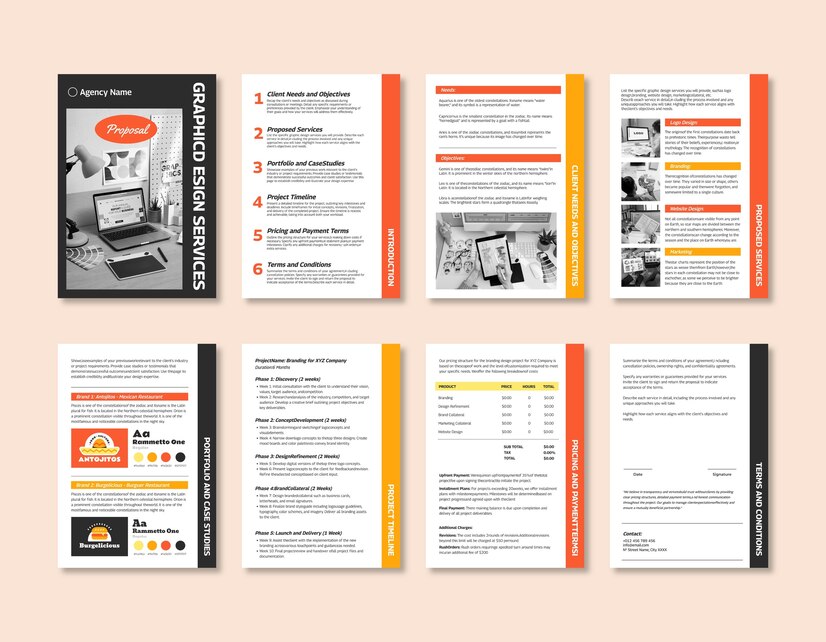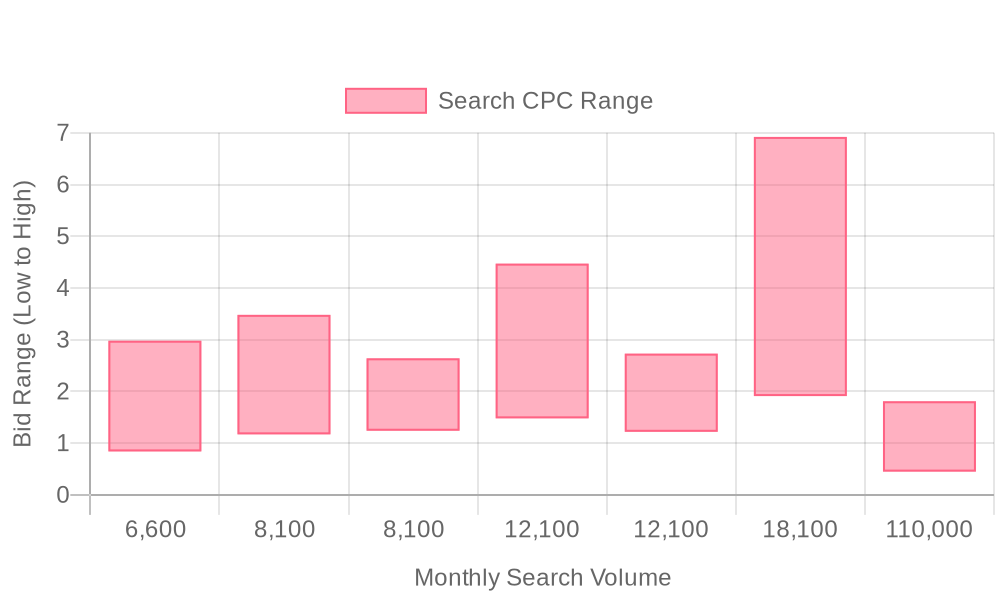
Supercharge your lead generation with a FREE Google Ads audit - no strings attached! See how you can generate more and higher quality leads
Get My Free Google Ads AuditFree consultation

No commitment
Supercharge your lead generation with a FREE Google Ads audit - no strings attached! See how you can generate more and higher quality leads
Get My Free Google Ads AuditFree consultation

No commitment
In today's digital publishing landscape, the challenge of monetizing content and increasing visibility is more critical than ever. Google Ads offers a dynamic solution for online publishers, bridging the gap between content creation and revenue generation. By harnessing the power of Google Ads, publications can effectively intercept potential readers and subscribers at the perfect moment—when they're actively searching for information or entertainment online. This guide explores the strategic integration of Google Ads into your publication's marketing plan, addressing key questions around targeting, campaign setup, and maximizing ad revenue. With precision targeting and data-driven insights, Google Ads can elevate your publication's reach and profitability.

Forward-thinking publications use Google Ads to drive measurable growth, efficiently connecting high-value readers with content and subscription offers. Success in this space relies on precision: identifying intent, targeting the right audience, and adapting creative and landing page experiences to maximize conversion. For a comprehensive overview of how the ad platform works, review the Google Ads business homepage for features and setup guidance.
A systematic approach to Google Ads for Publications ensures you capture every viable lead and fully attribute campaign results. When teams unify marketing data, track audience behavior in real-time, and activate dynamic segments, they eliminate wasted spend and accelerate revenue from digital marketing for publishers. Explore expert tips on measuring marketing’s influence on the sales pipeline to better connect ad performance with bottom-line results.
Ready to take your publication’s lead generation to the next level? Get started for free with Sona.

Modern publications face rapidly evolving reader habits and increasingly fragmented digital channels. Google Ads empowers publishers to connect with specialized audiences, ensuring high-value content reaches engaged readers at the precise moment of interest.
Targeted ad placements allow publishers to monetize premium editorial by aligning campaigns with buyer signals on top-performing pages. To further boost results, teams can use Sona’s Intent Signals to identify and prioritize highly engaged prospects, driving higher ad revenue and reducing missed opportunities from casual browsers.
Publications can swiftly capitalize on trending topics by launching responsive ad campaigns that mirror shifting reader intent. Real-time analytics behind these initiatives inform agile budget allocations, allowing teams to double down on content and campaigns that deliver tangible results. For more strategies on optimizing campaign measurement, review our marketing analytics blog.
Emerging digital spaces present both challenges and opportunities for publisher marketing strategies. Google Ads helps extend a publication’s reach across new devices and channels, preventing gaps in audience engagement and ensuring consistent brand exposure as user preferences shift. To automate and enrich this process, Sona’s Destinations enables seamless audience data syncs across your CRM and ad platforms.
Integrating robust data analytics into digital marketing for publishers closes the loop between editorial, audience development, and revenue operations. By continuously syncing campaign performance with live user engagement, publishers can refine their advertising strategies for publications and optimize the entire funnel, from visitor identification to advanced attribution.
When unified with enriched audience data and CRM integrations, campaign execution becomes more intelligent and actionable. Audiences update dynamically as leads move through the funnel, supporting precise retargeting and maximizing ROI from every ad dollar spent. This holistic approach to online advertising for publications is essential for publishers intent on growing sustainable, data-driven monetization in a competitive landscape. Ready to elevate your campaigns? Get started for free with Sona.

Publications investing in digital marketing benefit from a clear understanding of which Google Ads campaign types align with their core business objectives. Each campaign format serves unique, measurable purposes, allowing publisher marketing strategies to focus on audience acquisition, engagement, and monetizing content efficiently. For an in-depth overview of digital advertising options, explore this Google Ads business homepage.
Effectively deploying these Google Ads campaign types gives publishers a robust toolkit for driving growth, increasing ad revenue for publishers, and building a sustainable digital presence. If you're ready to optimize your campaigns and maximize monetization, get started for free with Sona.

Digital publications thrive by consistently identifying and acting on underutilized growth channels. Pinpointing overlooked audience segments and engaging them with the right content can drastically shape the trajectory of ad revenue for publishers and long-term brand influence. For a deeper dive into maximizing publisher monetization, explore this comprehensive guide to Google DFP (Ad Manager).

Effective audience segmentation for Google Ads in the publishing industry unlocks higher engagement and increased ad revenue by aligning campaigns to the unique interests and behaviors of every reader cohort. By moving beyond basic demographic targeting, publishers can deliver campaign experiences that consistently outperform one-size-fits-all strategies and drive measurable improvements in both click-through and conversion rates. For a deeper dive into optimizing ad management and monetization, see this comprehensive guide to Google DFP for publishers.
This approach to audience segmentation positions publishers to maximize their digital marketing for publishers strategy, using unified data and dynamic audience building to achieve superior results from their Google Ads campaigns. To experience next-level segmentation and campaign performance, get started for free with Sona.

| Industry | Keyword | Monthly Search Volume | Competition Level | Low Bid | High Bid |
| Publications | online journal | 6600 | LOW | 0.84 | 2.98 |
| Publications | medical journals | 8100 | LOW | 1.17 | 3.48 |
| Publications | scientific articles | 8100 | LOW | 1.24 | 2.64 |
| Publications | publications | 12100 | LOW | 1.48 | 4.47 |
| Publications | science journal | 12100 | LOW | 1.22 | 2.73 |
| Publications | peer reviewed articles | 18100 | LOW | 1.91 | 6.92 |
| Publications | journal | 110000 | HIGH | 0.45 | 1.81 |
Developing an effective keyword strategy is essential for publications aiming to maximize digital ad performance and audience growth. By targeting both high-volume, competitive keywords and niche, intent-driven terms, publishers can capture a wider spectrum of engaged readers and advertisers. This approach ensures that online advertising for publications addresses both mainstream and specialty interests, leading to stronger engagement rates and more qualified traffic. For a deeper dive into ad management and monetization, explore this comprehensive guide to Google DFP for publishers.
Modern revenue teams can further refine their strategy by layering behavioral signals and audience data, identifying visitors by company and real-time intent. As leads progress through the funnel, dynamically updated audiences ensure ad messaging remains relevant and conversion-focused. Integration with CRM and ad platforms keeps lead data unified, enabling seamless remarketing and robust attribution for every campaign touchpoint. Ready to take your campaigns to the next level? Get started for free with Sona.
Effective Google Ads for Publications begins with precision in keyword selection. Instead of casting a wide net, cluster keywords by topic themes, reader interests, and publication verticals. This approach eliminates waste from overly broad targeting and ensures ad spend reaches audiences with genuine relevance. Use granular research to identify search terms your audience uses, segmenting keywords into tightly organized groups for each campaign. For guidance on structuring campaigns and keyword clusters, explore this comprehensive guide to Google DFP for publishers.
When integrated with Sona Identification, you can move beyond anonymous clicks to pinpoint high-value companies and decision-makers engaging with your content. This enriched visibility allows B2B publishers to prioritize campaigns toward organizations with demonstrable in-market intent. As a result, targeting becomes more actionable, driving higher quality leads and improved conversion rates.
Engaging ad copy is crucial for publisher marketing strategies. Focus each message on solving reader pain points, highlighting unique content value, and including direct calls-to-action tailored to specific audience segments. Use Sona Audiences to adapt language, tone, and featured offers, ensuring resonance across both general and niche publication audiences. This targeted approach boosts engagement and increases the likelihood of reader action, whether it’s a subscription, newsletter signup, or content download.
Access to real-time behavioral signals from your audience enables dynamic ad messaging. As readers move through different stages of the content funnel, ad copy can automatically adjust to showcase offers most likely to convert. For publishers, this means every ad impression is optimized for the reader’s current interests, maximizing both engagement and ad revenue. For more tactics to supercharge your strategy, check out our library of actionable playbooks.
Landing pages must align tightly with ad messaging and intent. Ensure every page delivers on the promise of the ad copy, features clear subscription or content CTAs, and loads quickly across devices. For publishers, seamless user experience is non-negotiable: visitors should instantly recognize the value proposition and find it easy to take the next step, whether subscribing, downloading, or exploring premium content. For additional inspiration, review these Google Ad Manager solutions for news publishers.
Connecting advertising data with CRM and analytics platforms enables publishers to personalize landing page experiences for returning visitors or known accounts. As audiences evolve through the funnel, landing pages can dynamically surface Sona Destinations, boosting conversion and driving incremental ad revenue for publishers.
Monitor campaign performance rigorously using metrics such as CTR, conversion rate, and lifetime value. Leverage Sona Intent Signals to identify which audiences and keywords yield the highest ROI. Adjust bids, ad copy, and budget allocation based on these insights, focusing resources on high-converting segments and pausing underperforming assets. For a deeper dive into Google Ads optimization, visit how Google Ads works.
Synchronizing enriched lead and audience data between ad platforms and CRM systems unlocks advanced attribution and closed-loop reporting. This comprehensive view empowers publishers to accurately measure the impact of every ad touchpoint, refine their advertising strategies for publications, and confidently scale digital marketing for publishers in pursuit of sustainable ad revenue growth.
Ready to streamline your campaign execution and audience targeting? Get started for free with Sona.
Publications that excel with Google Ads build exposure by integrating campaigns across channels and aligning messaging to each stage of the reader journey. Effective campaign orchestration ensures that every interaction, from first impression to conversion, is supported by data-driven personalization rather than scattershot targeting. For a comprehensive overview of how Google Ads works and tips for campaign setup, explore how Google Ads works. To further refine your strategy, consult our blog for the latest insights on marketing analytics and performance.
Expanding the Google Ads footprint for publications is about more than pushing content—it’s about harnessing unified data, real-time intent, and dynamic audience segmentation to create a continuous cycle of engagement and revenue growth. With advanced campaign management, publishers move beyond anonymous impressions to identify and nurture high-value readers throughout the entire funnel. Want to put these strategies into practice? Get started for free with Sona.
In conclusion, leveraging Google Ads to promote your publications is not just a strategy—it's a transformative approach to amplifying your reach and driving revenue. By understanding the nuances of ad targeting, optimizing keywords, and crafting compelling ad copies, you can effectively increase the visibility of your content and connect with a broader audience.
Throughout this article, we've explored the challenges faced by publishers in the digital advertising space and provided actionable insights to overcome them. From selecting the right ad format to utilizing advanced analytics, these strategies equip you to navigate the complexities of Google Ads with confidence and precision.
Imagine the potential impact on your publication as you harness the power of Google Ads to expand your audience and boost engagement. By implementing these techniques, you can transform your advertising efforts into a robust engine for growth, ensuring your content reaches those who will value it most.
To take your advertising strategy to the next level, start for free to experience our platform and its capabilities today. Embrace the innovation that will elevate your publication's success and drive meaningful results.
Best practices include identifying high-intent keywords, developing audience targeting strategies, crafting compelling ad copy, designing landing pages that convert, and continuously optimizing campaign performance.
Increase visibility by targeting niche keywords, leveraging real-time analytics for agile budget allocation, and launching responsive ad campaigns that mirror shifting reader intent.
Search campaigns, display ads, video ads, remarketing, and ad extensions are effective types of Google Ads for promoting publications.
Set up a campaign by building targeted keyword lists, developing compelling ad copy, designing effective landing pages, and implementing data-driven optimizations.
Track metrics such as click-through rate (CTR), conversion rate, and lifetime value, using advanced conversion tracking and attribution models to measure ROI.
Join results-focused teams combining Sona Platform automation with advanced Google Ads strategies to scale lead generation

Connect your existing CRM

Free Account Enrichment

No setup fees
No commitment required

Free consultation

Get a custom Google Ads roadmap for your business
Join results-focused teams using Sona Platform automation to activate unified sales and marketing data, maximize ROI on marketing investments, and drive measurable growth

Connect your existing CRM

Free Account Enrichment

No setup fees
No commitment required

Free consultation

Get a custom Google Ads roadmap for your business
Over 500+ auto detailing businesses trust our platform to grow their revenue
Join results-focused teams using Sona Platform automation to activate unified sales and marketing data, maximize ROI on marketing investments, and drive measurable growth

Connect your existing CRM

Free Account Enrichment

No setup fees
No commitment required

Free consultation

Get a custom Google Ads roadmap for your business
Over 500+ auto detailing businesses trust our platform to grow their revenue
Join results-focused teams using Sona Platform automation to activate unified sales and marketing data, maximize ROI on marketing investments, and drive measurable growth

Connect your existing CRM

Free Account Enrichment

No setup fees
No commitment required

Free consultation

Get a custom Google Ads roadmap for your business
Over 500+ auto detailing businesses trust our platform to grow their revenue
Join results-focused teams using Sona Platform automation to activate unified sales and marketing data, maximize ROI on marketing investments, and drive measurable growth

Connect your existing CRM

Free Account Enrichment

No setup fees
No commitment required

Free consultation

Get a custom Google Ads roadmap for your business
Over 500+ auto detailing businesses trust our platform to grow their revenue
Our team of experts can implement your Google Ads campaigns, then show you how Sona helps you manage exceptional campaign performance and sales.
Schedule your FREE 15-minute strategy sessionOur team of experts can help improve your demand generation strategy, and can show you how advanced attribution and data activation can help you realize more opportunities and improve sales performance.
Schedule your FREE 30-minute strategy sessionOur team of experts can help improve your demand generation strategy, and can show you how advanced attribution and data activation can help you realize more opportunities and improve sales performance.
Schedule your FREE 30-minute strategy sessionOur team of experts can help improve your demand generation strategy, and can show you how advanced attribution and data activation can help you realize more opportunities and improve sales performance.
Schedule your FREE 30-minute strategy sessionOur team of experts can help improve your demand generation strategy, and can show you how advanced attribution and data activation can help you realize more opportunities and improve sales performance.
Schedule your FREE 30-minute strategy session





Launch campaigns that generate qualified leads in 30 days or less.
